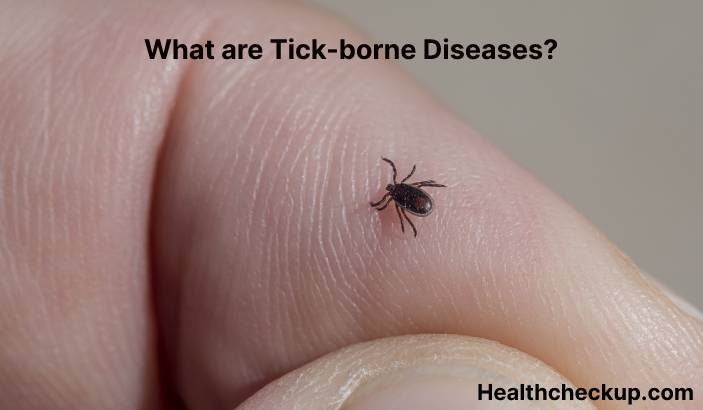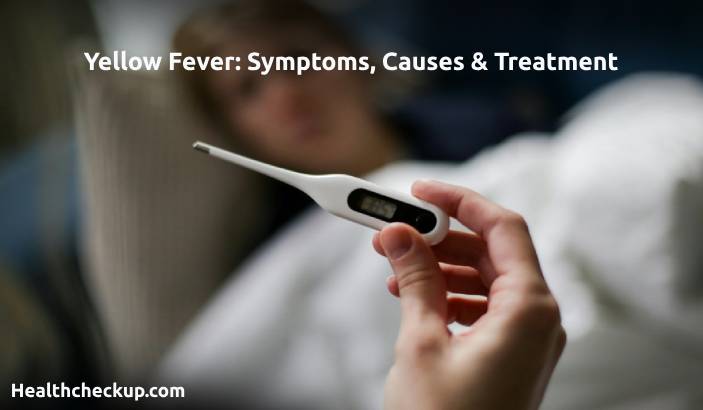Tick-borne diseases are infections that are transmitted through the bite of a tick. Ticks are small, blood-sucking parasites that can be found in a variety of environments, including forests, grasslands, and suburban areas. Ticks are most commonly found in the spring and summer months, and they are most active in warmer temperatures.
Tick-borne diseases can be caused by a variety of pathogens, including bacteria, viruses, and parasites. Some common tick borne diseases include:
- Lyme disease: Lyme disease is caused by the bacterium Borrelia burgdorferi and is transmitted through the bite of the black-legged tick (also known as the deer tick). Symptoms of Lyme disease may include fever, headache, fatigue, and a characteristic rash called erythema migrans. If left untreated, Lyme disease can lead to serious complications, such as joint pain, Bell’s palsy (facial paralysis), and neurological problems.
- Rocky Mountain spotted fever: Rocky Mountain spotted fever is caused by the bacterium Rickettsia rickettsii and is transmitted through the bite of the American dog tick, the Rocky Mountain wood tick, and other ticks. Symptoms of Rocky Mountain spotted fever may include fever, headache, muscle pain, and a characteristic rash. If left untreated, Rocky Mountain spotted fever can be fatal.
- Ehrlichiosis: Ehrlichiosis is caused by the bacterium Ehrlichia and is transmitted through the bite of the Lone Star tick. Symptoms of ehrlichiosis may include fever, headache, muscle aches, and fatigue. If left untreated, ehrlichiosis can lead to serious complications, such as kidney failure and neurological problems.
- Tularemia: Tularemia is caused by the bacterium Francisella tularensis and is transmitted through the bite of ticks and through contact with infected animals, such as rabbits, hares, and rodents. Symptoms of tularemia may include fever, chills, headache, muscle aches, and a characteristic ulcer at the site of the bite. Tularemia can be serious and even fatal if left untreated.
Diagnosis of tick borne diseases is typically based on the presence of symptoms and a history of tick exposure. It may also involve laboratory tests to confirm the presence of the pathogen.
Treatment of tick-borne diseases typically involves antibiotics to kill the pathogen. It is important to complete the full course of treatment as prescribed to ensure that the infection is fully eradicated. In severe cases, hospitalization may be necessary to provide supportive care, such as oxygen therapy and fluids.
Tick borne diseases can be prevented through the use of insect repellents, wearing protective clothing, and performing tick checks after spending time outdoors. It is also important to remove ticks promptly and properly if you are bitten, as ticks should be removed as soon as possible to reduce the risk of infection. If you are experiencing symptoms of a tick-borne disease or have been exposed to ticks, it is important to seek medical attention as soon as possible. Follow the recommendations of your healthcare provider and public health officials to help protect yourself and others from tick-borne diseases.








